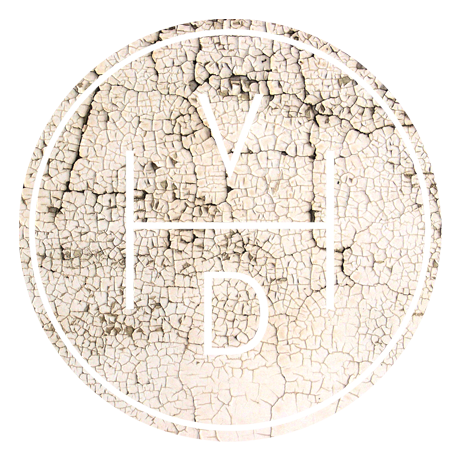Just over a year ago I posted about a magnificent 360 degree view tour of Mawson's Hut at Cape Denison and just recently I came across a site with full interior views of Shackelton's base at Cape Royds and Scott's base at Cape Evans.
Shackelton's hut was erected in 1908 at Cape Royds, Antarctica; this is where he and nine of his men were left to winter before commencing their push for the pole. Unfortunately Shackleton was forced to turn back with just 97 miles to go, but he did travel further south than anyone before and he was was the first to summit the polar plateau. Other members of his expedition accomplished similar magnificent feats by being first to successfully climb Mount Erubus and also the first to reach the Magnetic South Pole.
You can navigate around the hut here. Someone once told me there were boxes of Kendel Mint Cake on the shelves somewhere within the hut but no matter how hard I look I haven't found them - let me know if you do.
Scott's Cape Evans Hut is in fact his second property on the antarctic, the first being Discovery Hut on Ross Island from the 1901 Discovery Expedition. The Cape Evans hut was constructed in 1911 as part of the Terra Nova Expedition where Scott set off from on his ill-fated journey to the pole. Cape Evans was named after Edward Ratcliffe Garth Russell"Teddy" Evans, Scott's second in Command. He chose this location in the hopes that it would not ice over like the Discovery Hut, enabling his ship to come and go more reliably.
You can navigate through Scott's Cape Evans hut here. I'm not sure if it's just the sentimentality that comes with knowing the outcome of these huts, or something in the way that they we're photographed, but there seems an unmistakable somberness to Scott's Cape Evan's hut - a sadness that doesn't come through in Shackleton's. These huts are magnificently preserved thanks largely to the efforts of the United Kingdom and New Zealand Antarctic Heritage Trusts they are both incredibly moving time capsules from the Golden Age of Exploration.



